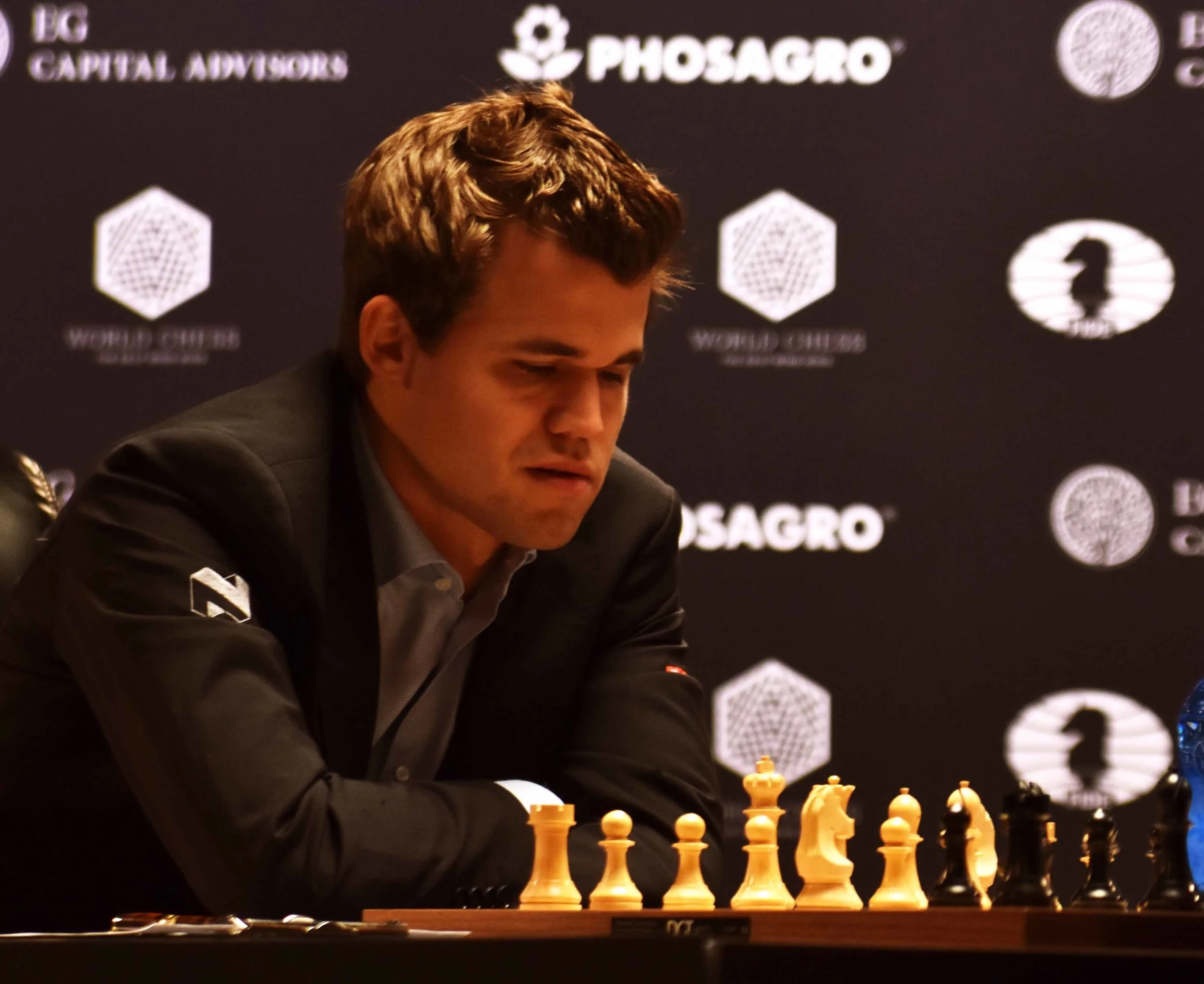Last Sunday, I procured a very nice chess set from my good friend and collector, Brian. It is a beautiful Piatigorsky Cup Commemorative Set. Beyond the incredible deal that Brian gave me, this set has been able to spark a return to the joy of studying old master games. Now, a week later, I have discovered an intricate and complex endgame that Aaron Nimzowitsch played in 1907.
Games like this are essential for all chess players to learn and gain a deeper understanding of chess fundamentals. It can be a challenge for modern players to see the value in these old games. The first chess algorithm penned by Alan Turing called “Turbochamp” was still 41 years away. The depth of chess openings inspired by human brains and built upon by these powerful computers, was still a full lifetime away. And despite the game being played over 100 years ago, it still carries a wealth of chess expertise especially in the endgame.
With advent of modern chess openings, it can be hard for players to understand the value of slow grinding positional endgames where one side is squeezed like a boa constrictor. White does not lose any material until Black’s 49th move! But, the major instructive value in studying this particular game is in seeing how Nimzowitsch continually ties down his opponents pieces. He does not let them gain any activity and poor Francis Joseph Lee probably hoped he could just hold onto a long painful draw. But, Nimzo had other plans and without any attempt to free himself by sacrificing, Lee was doomed to lose the game.
Take a long look and enjoy this game as it is one of the great pleasures in life to discover such a gem. Check out the game HERE (use an old fashion board so you can see the moves in 3D!):













